Cadavre Exquis: Dutch Architecture with Landscape Methods Vol. 3.
2012
…
274 pages
1 file

Sign up for access to the world's latest research
Abstract
Contemporary architecture is increasingly influenced by the concept of landscape, and this is particularly the case in the Netherlands. Like at many other places, a new mindset is emerging, transforming the core values of the disciplines of architecture and urbanism with the notion of the organization of architectural space as a landscape. Through experiment our lab develops methods to analyze such phenomena in focused studies of specific cases, understanding how architects use landscape not only as a metaphor but also as a method to design buildings. 32 students selected and analyzed outstanding built work of a wide field of architects from four generations of Dutch practitioners starting with Huig Maaskant (founder of the RAvB), Huig Maaskant, Wim QUist, OMA, SANAA, Mecanoo, MVRDV, NOX, De Zwarte Hond, NL-Architects, Onix, FACT and MonderschijmMoonen. Students drew and built models of their analyses, where four layers are detachable as a separate entity, and then played a game the surrealist called Cadavre Exquis. The result is a dismantled floating olympic village for Rotterdam, which is exhibited at it’s site in the historic docklands RDM on the Heijplaat. This Book is the catalogue to the exhibition.
Figures (450)





























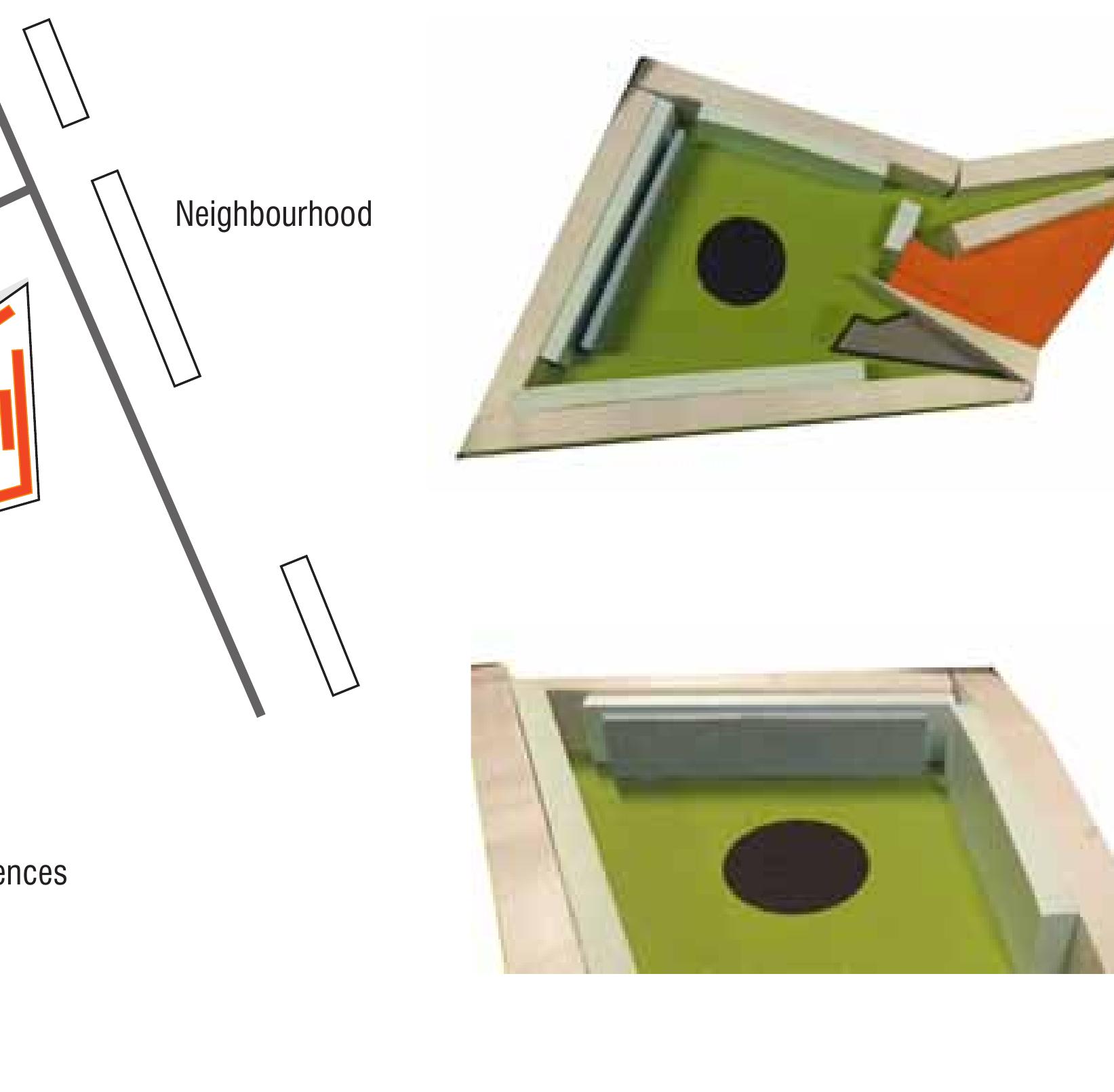


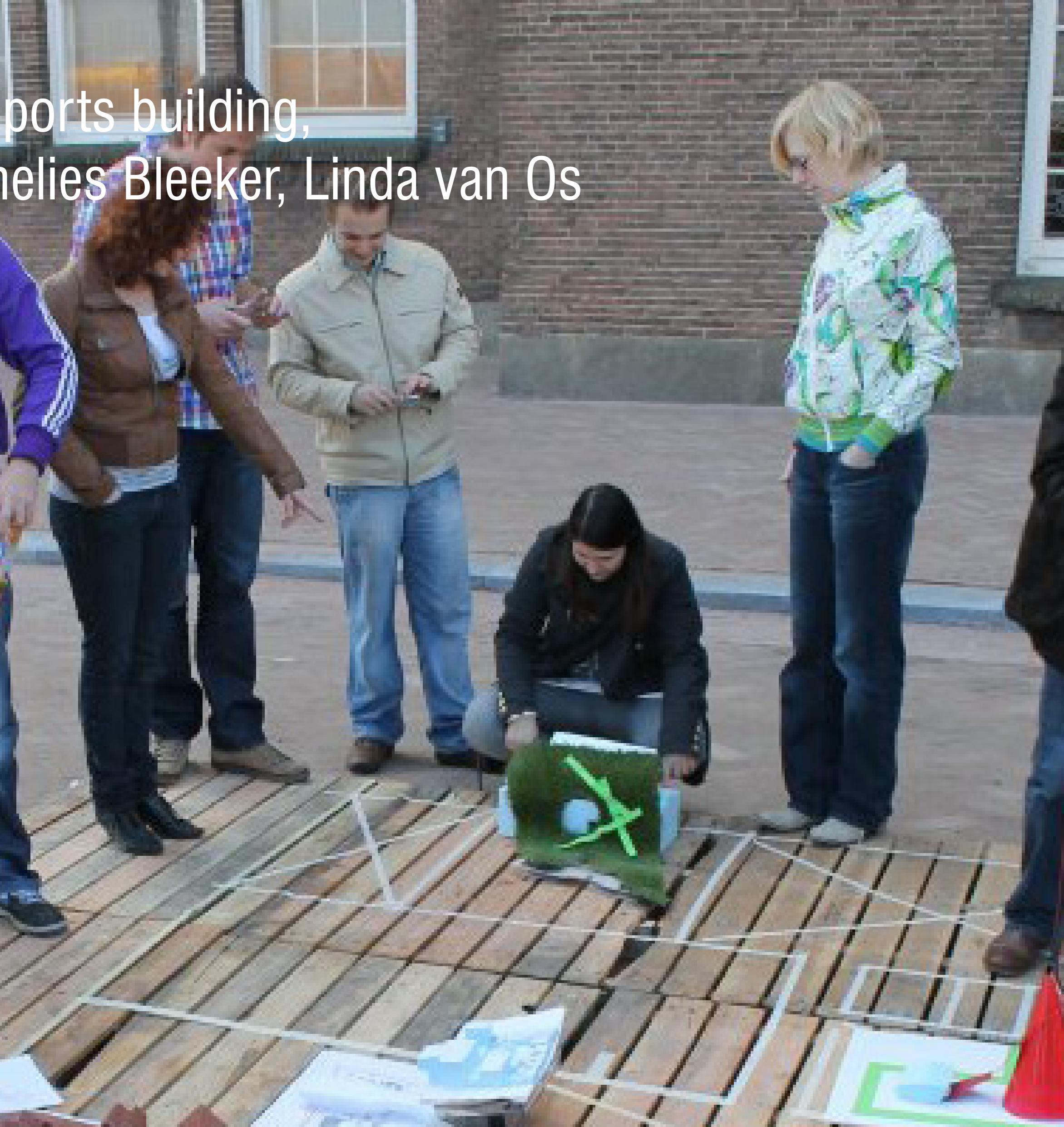










































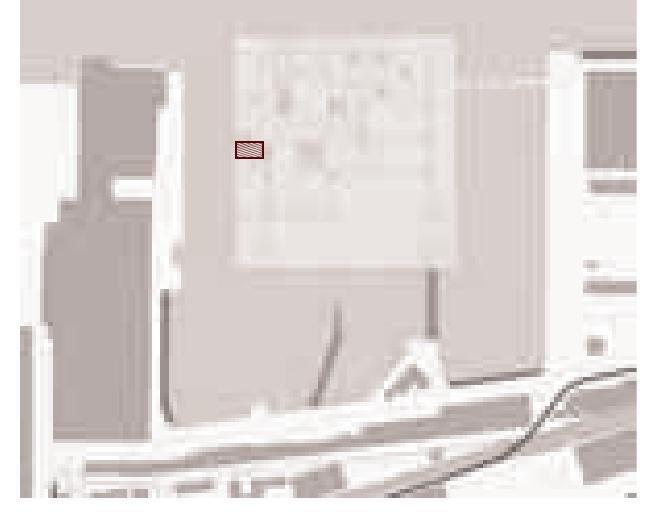


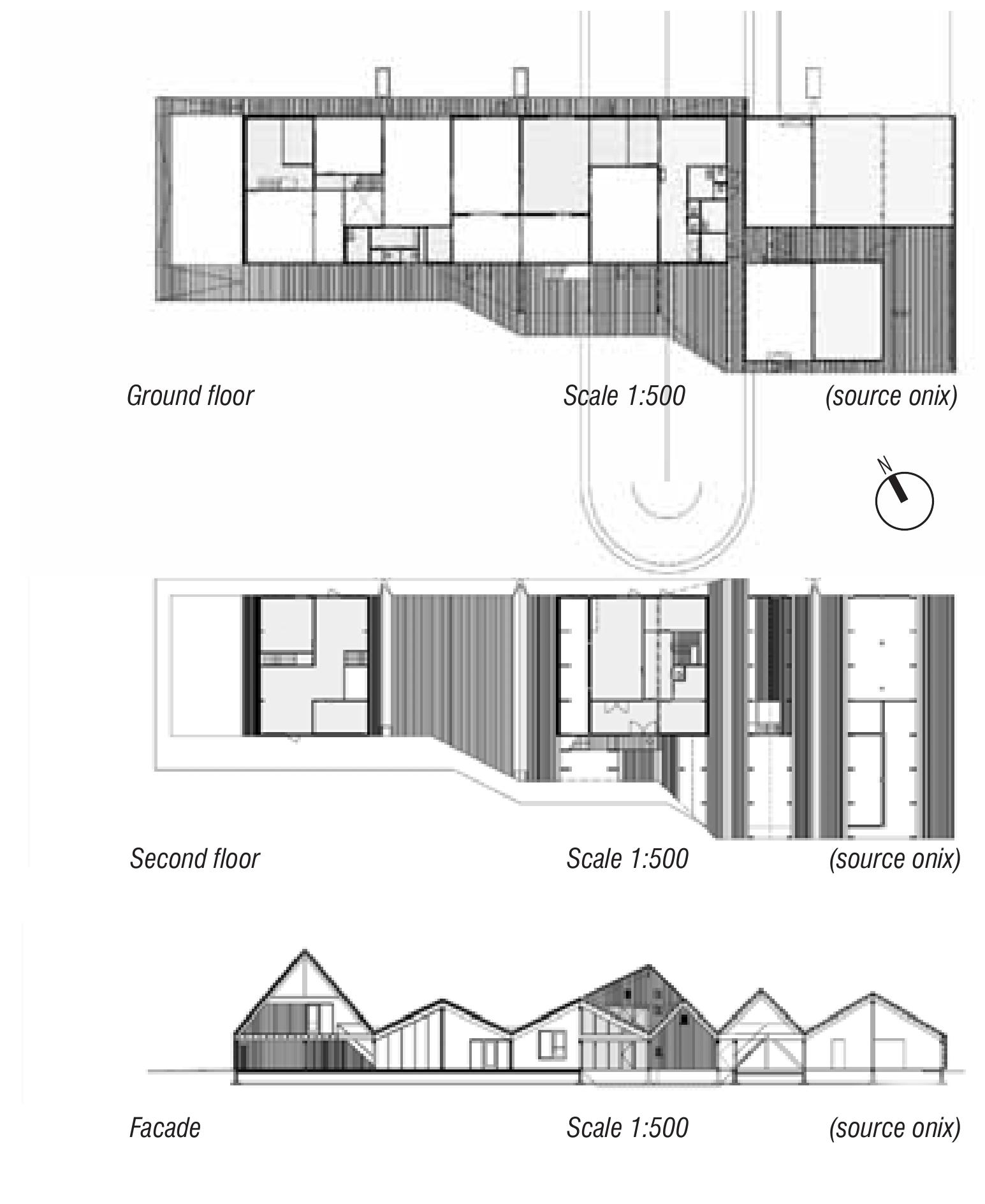







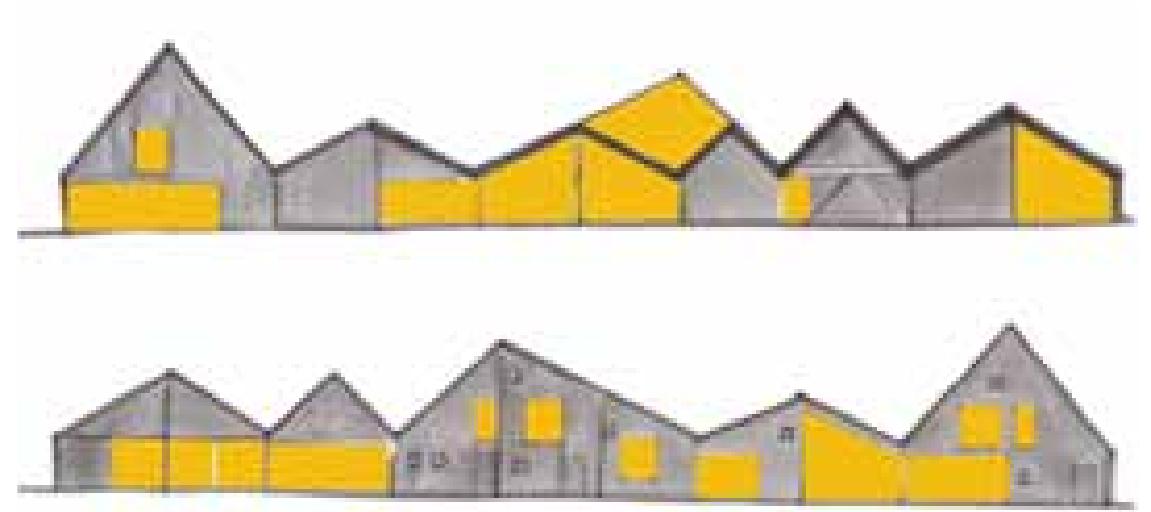
































































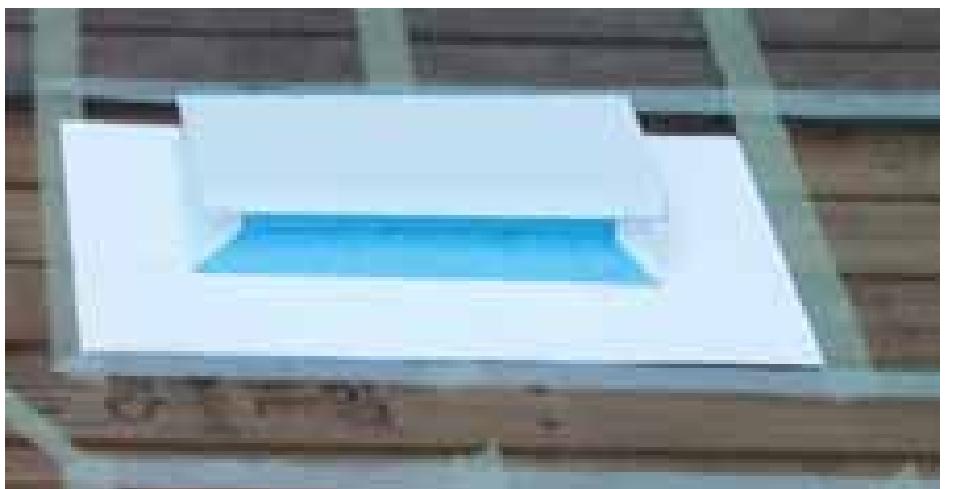






















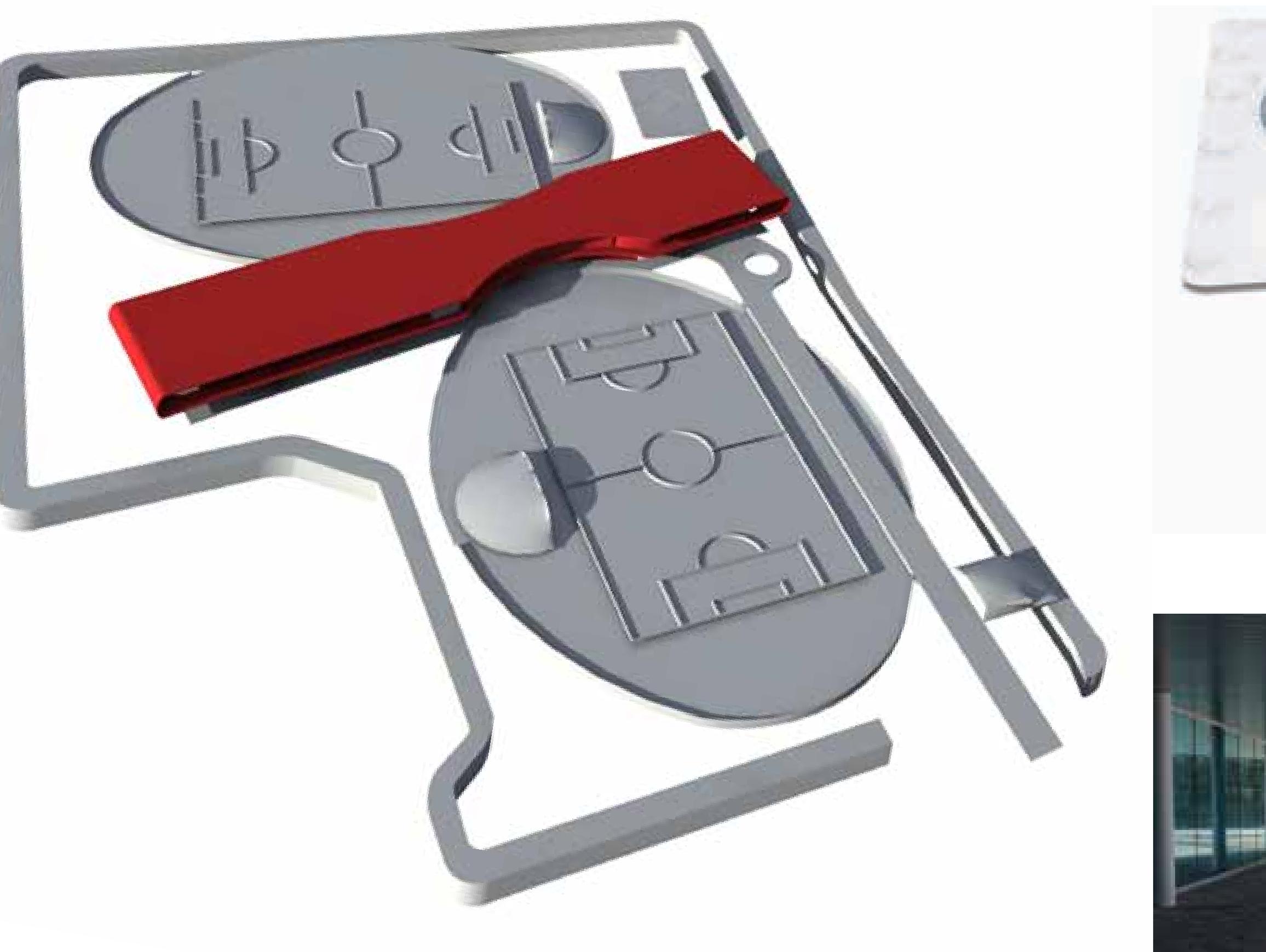




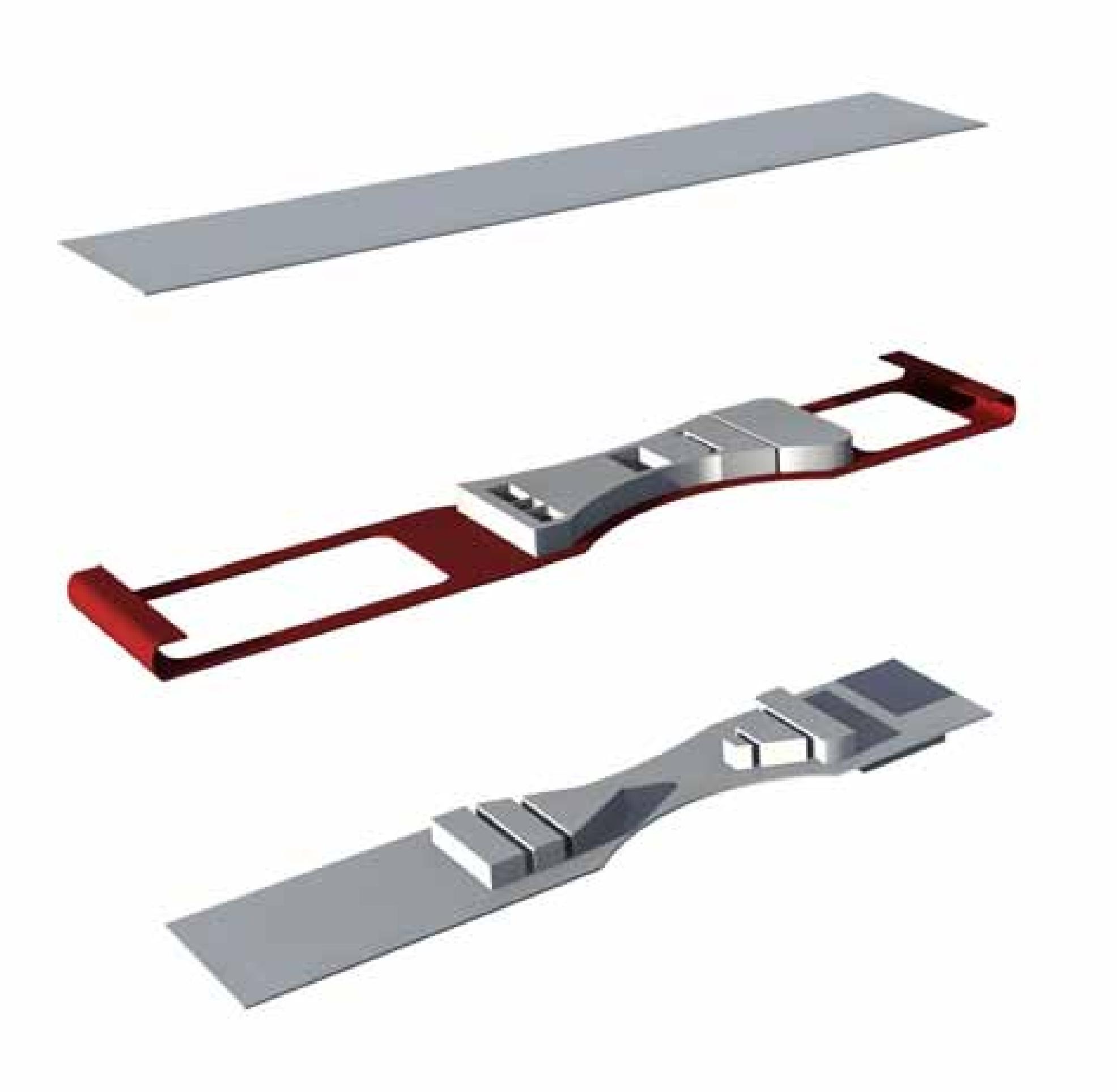














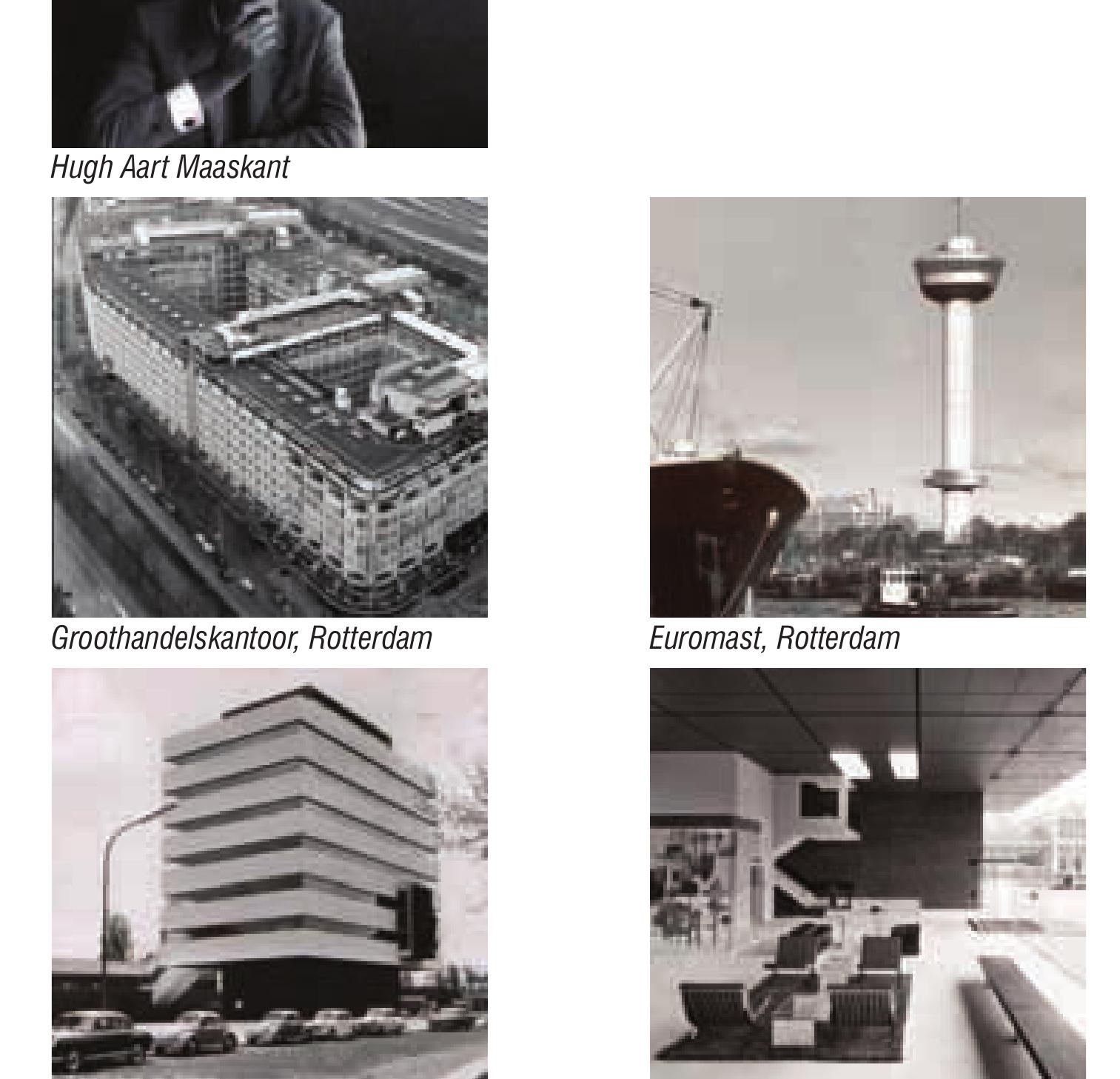


























































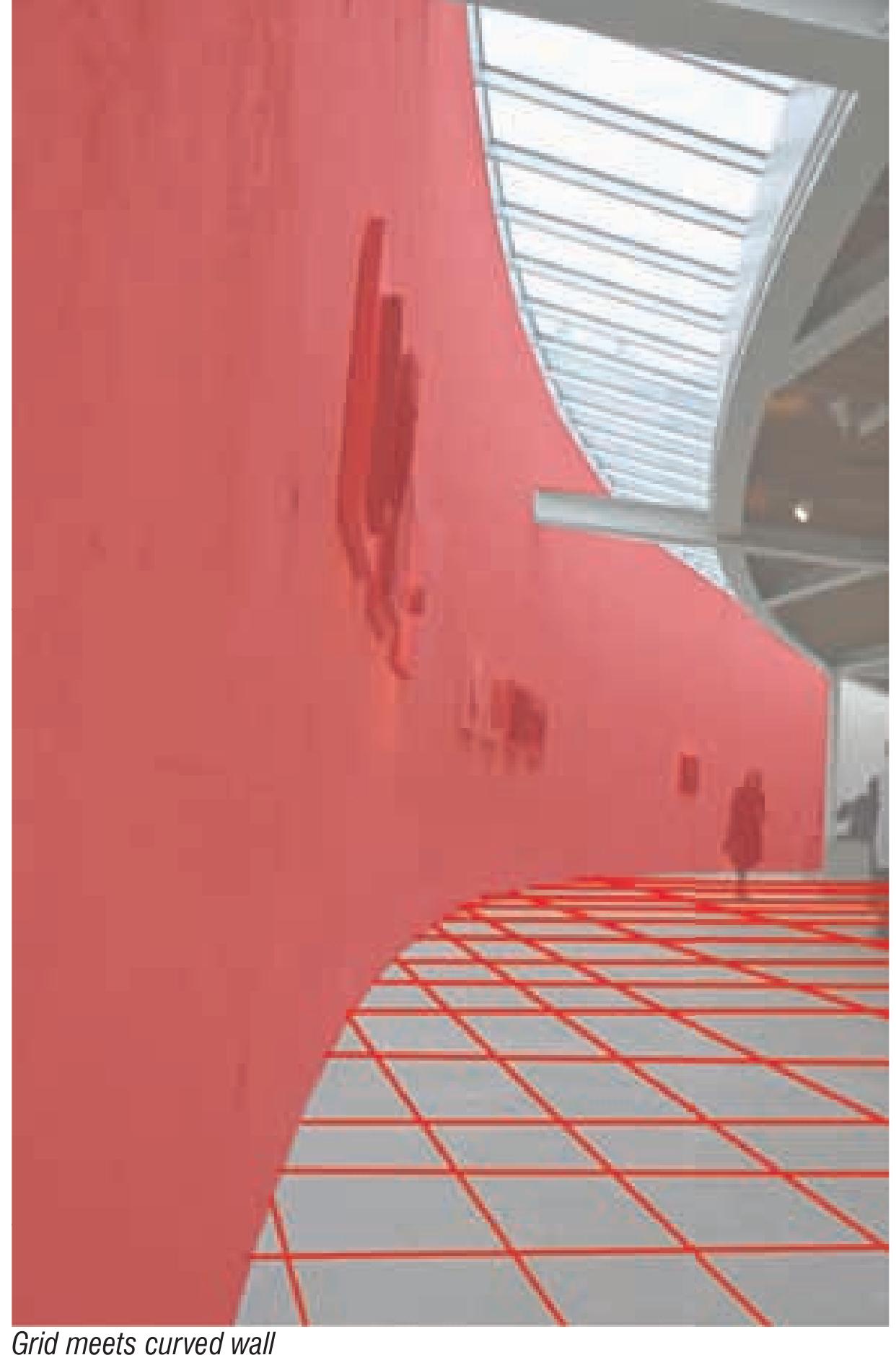








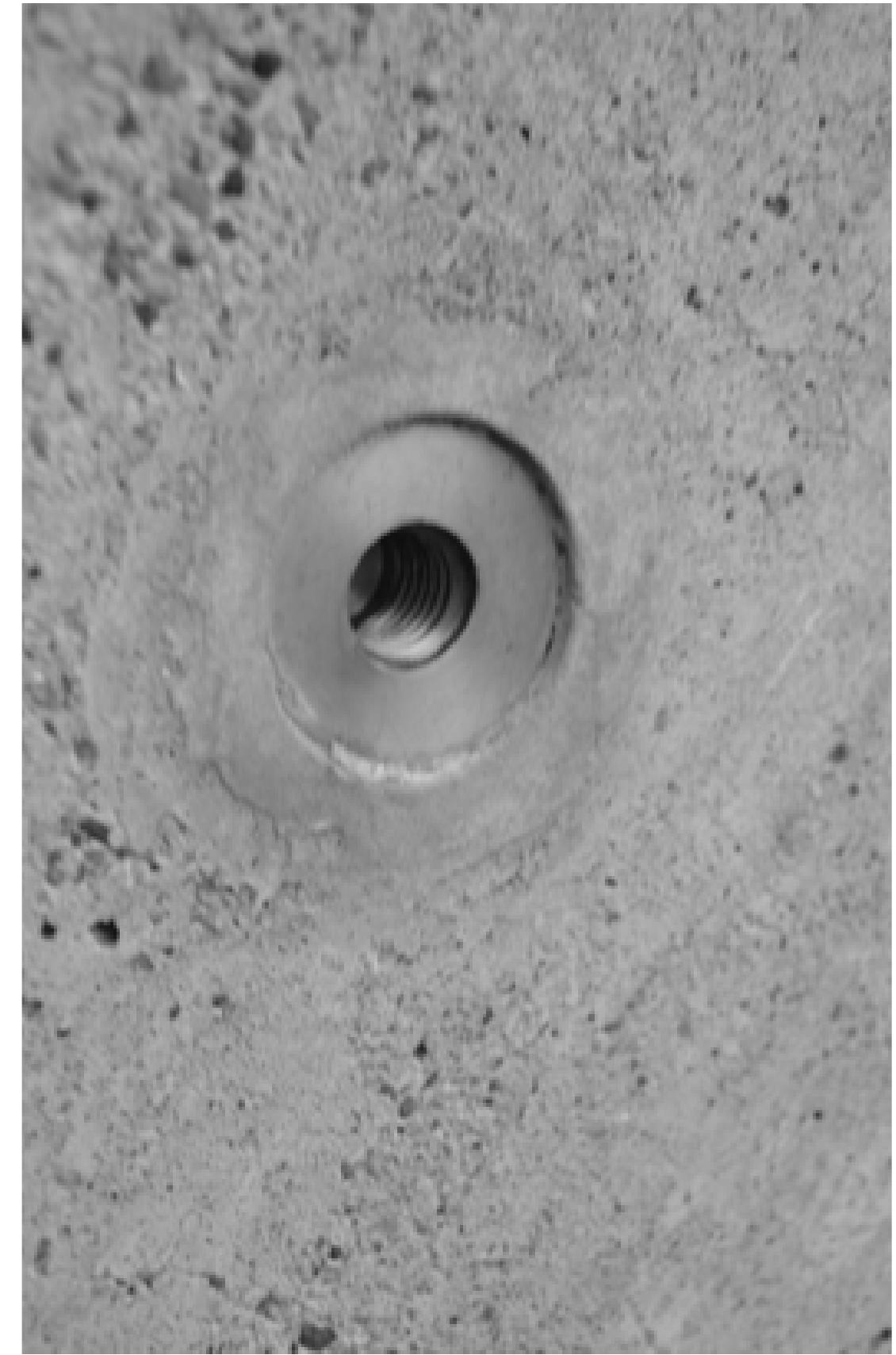

















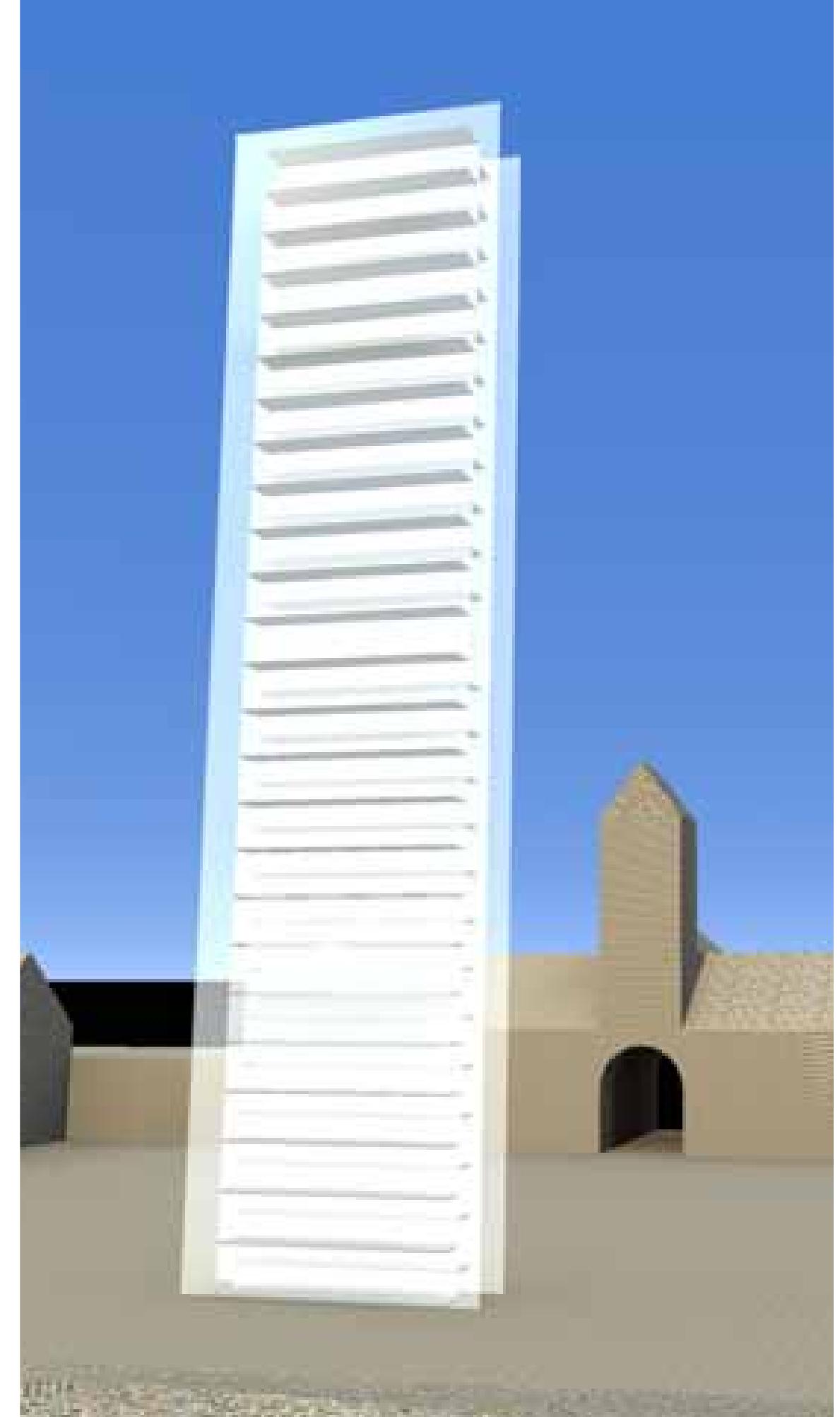












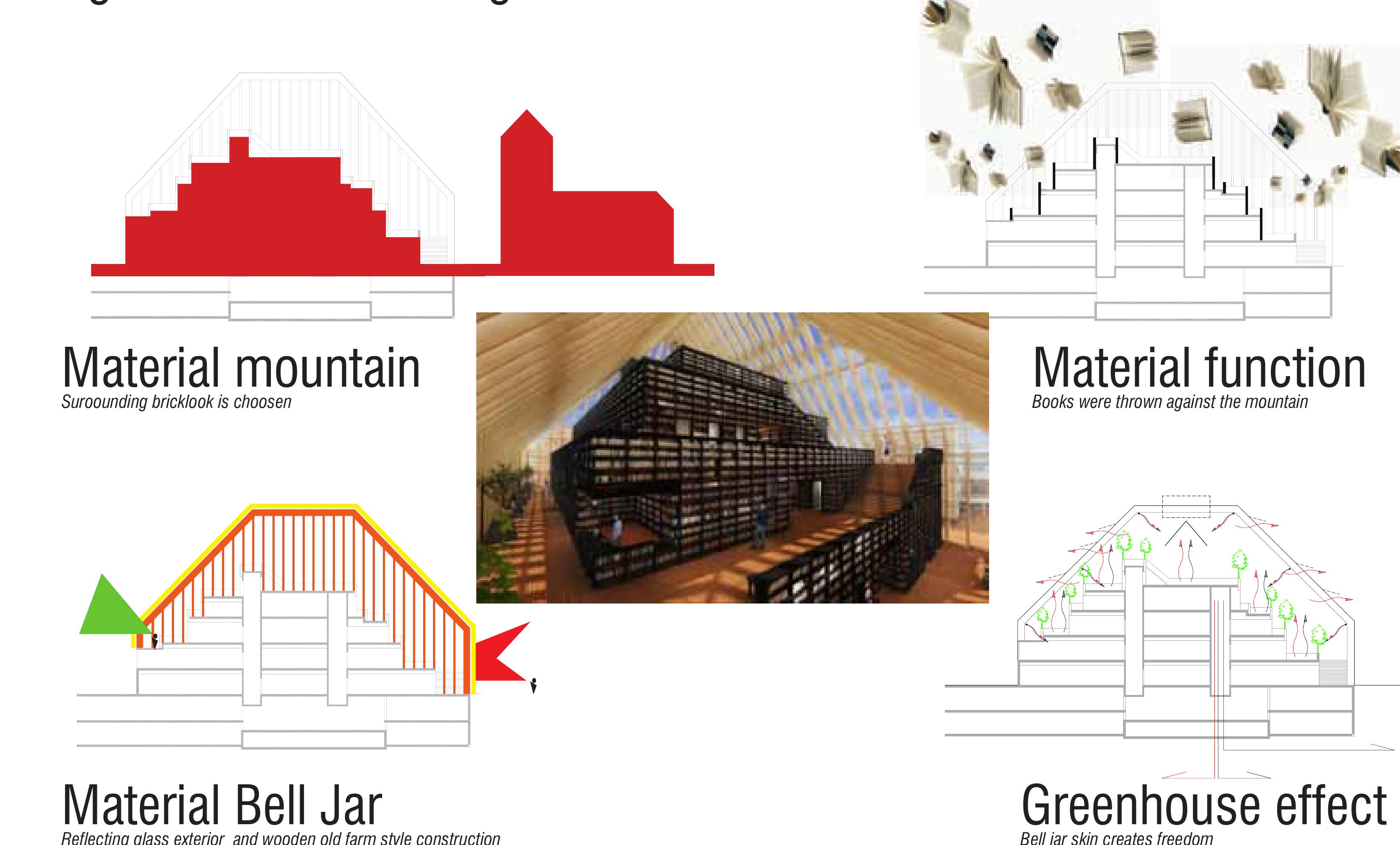










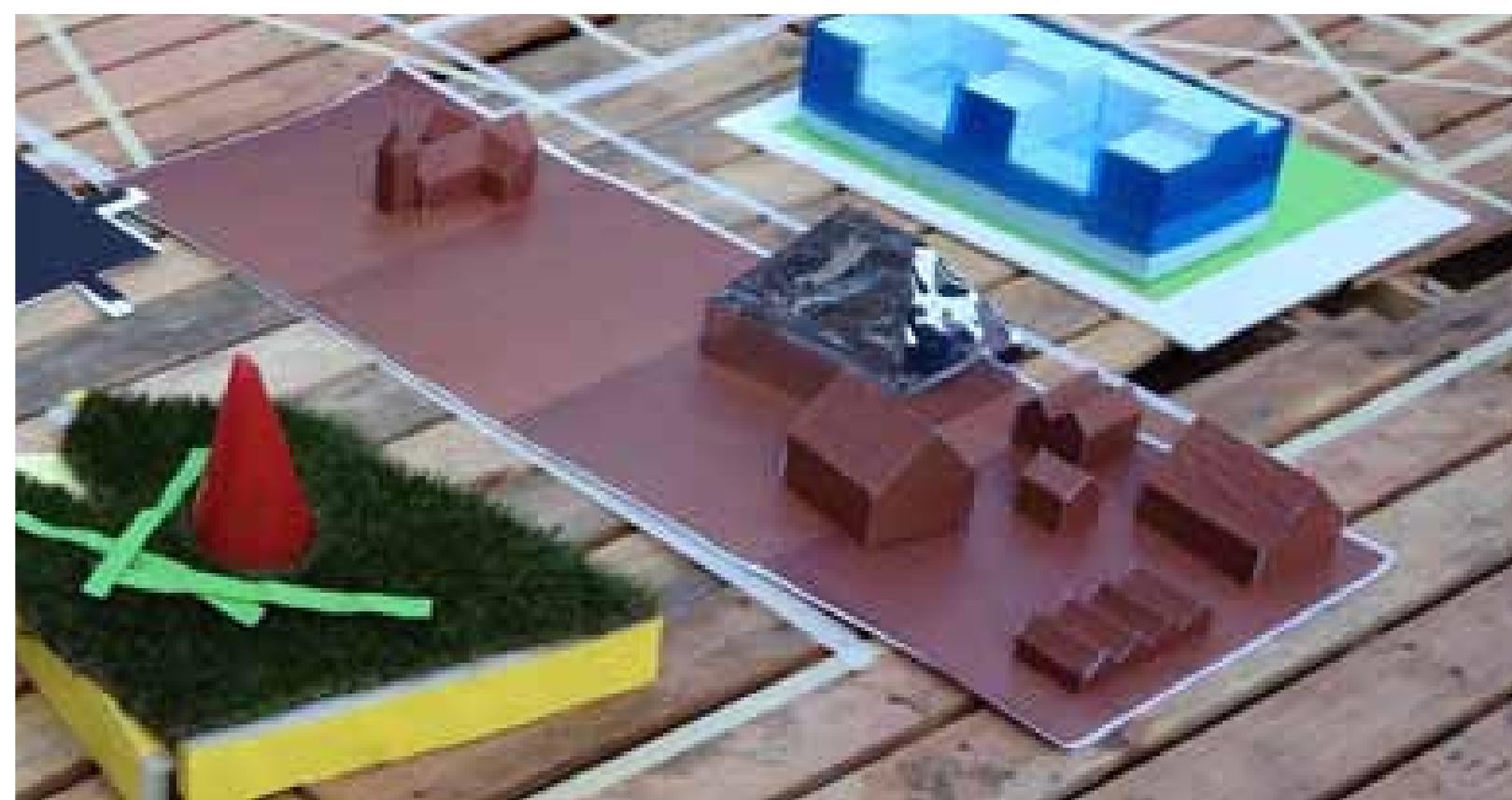
















































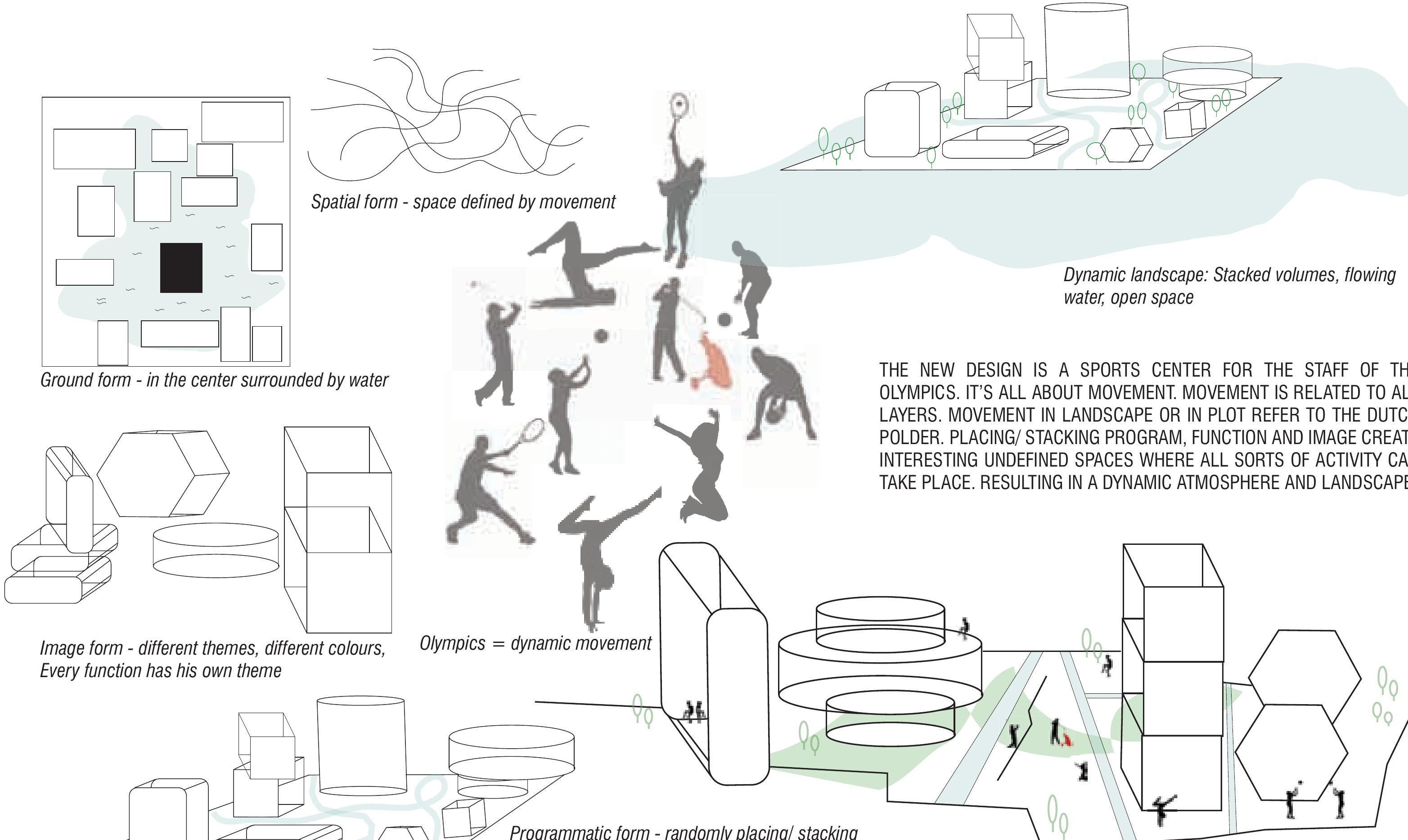







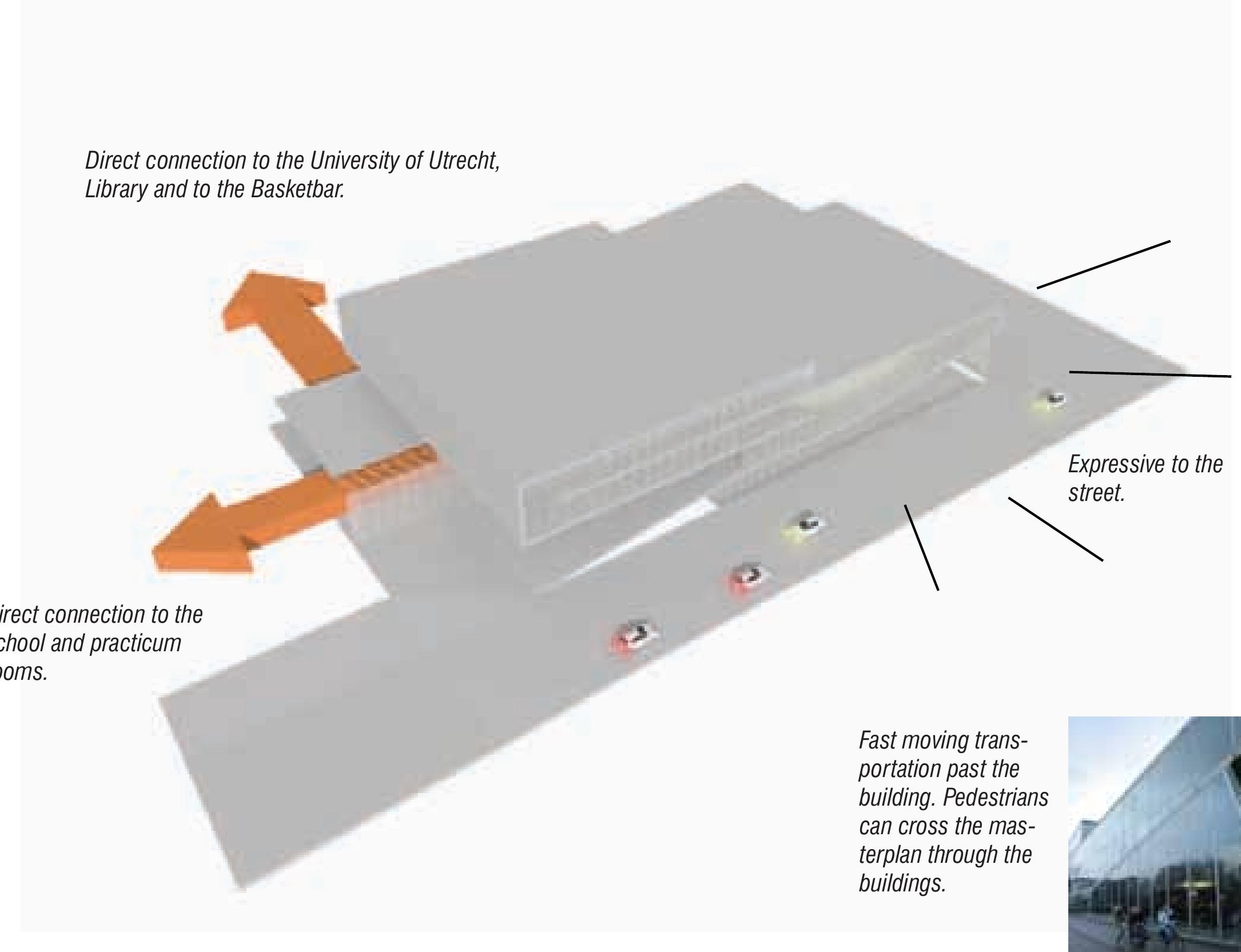
















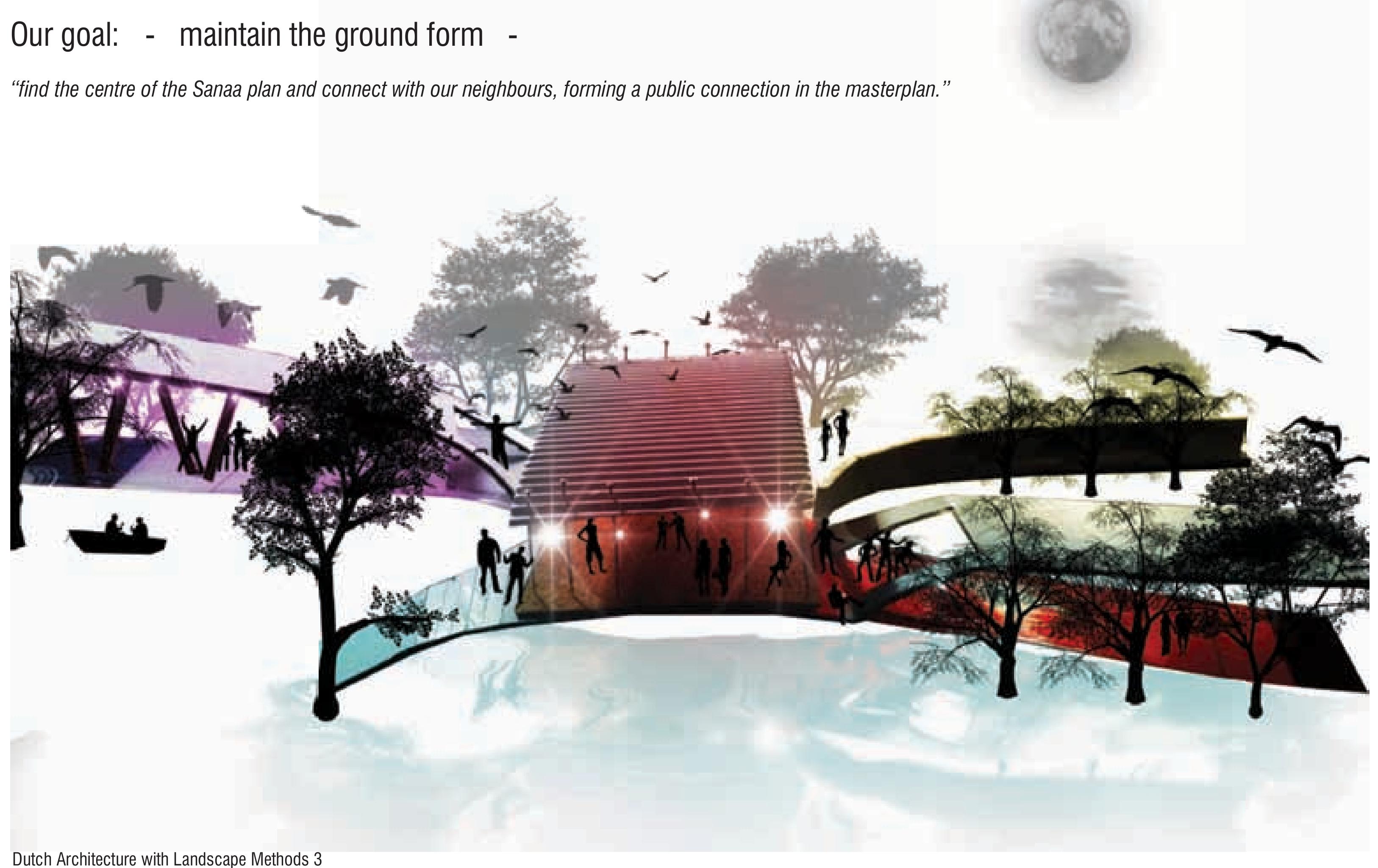



























































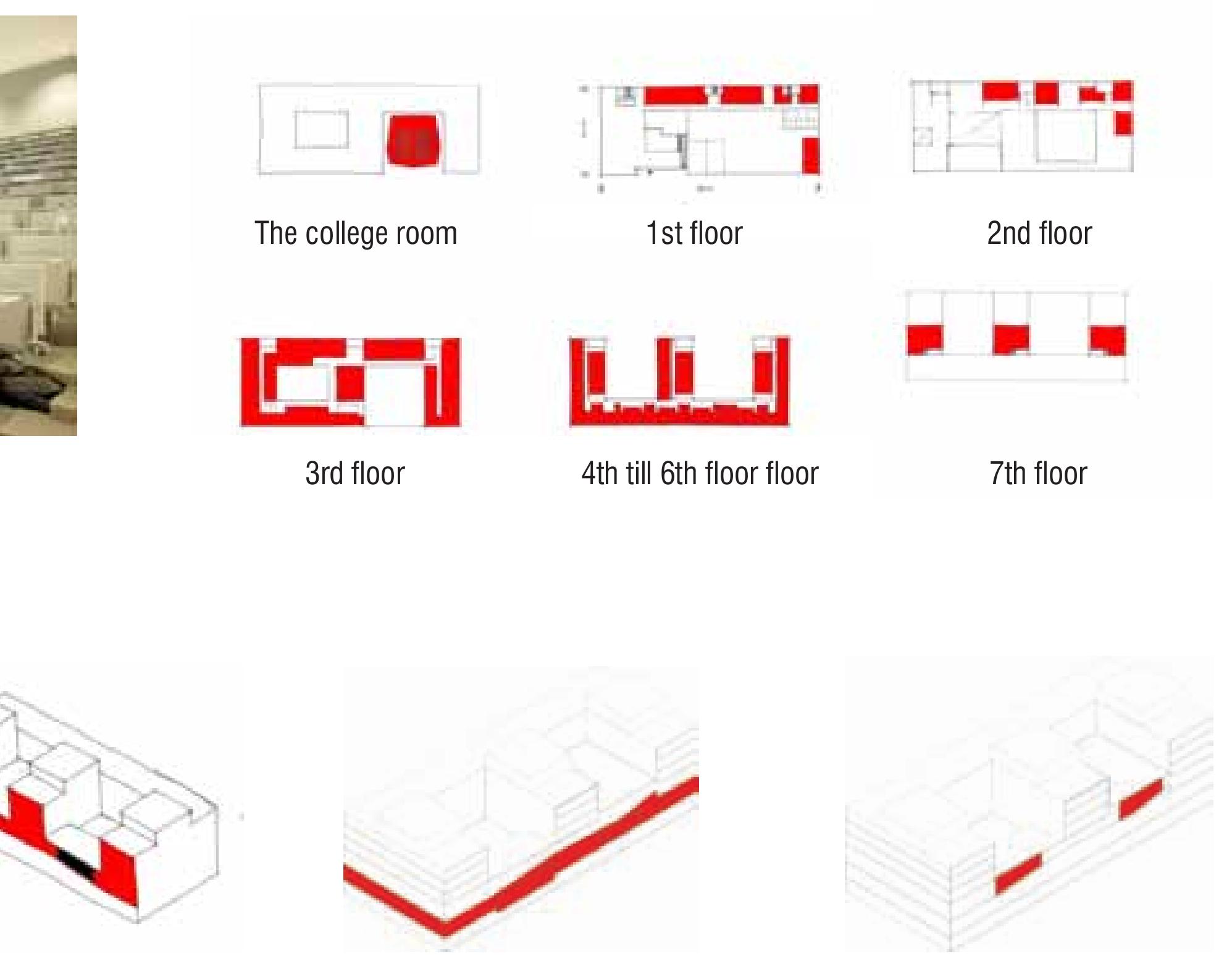
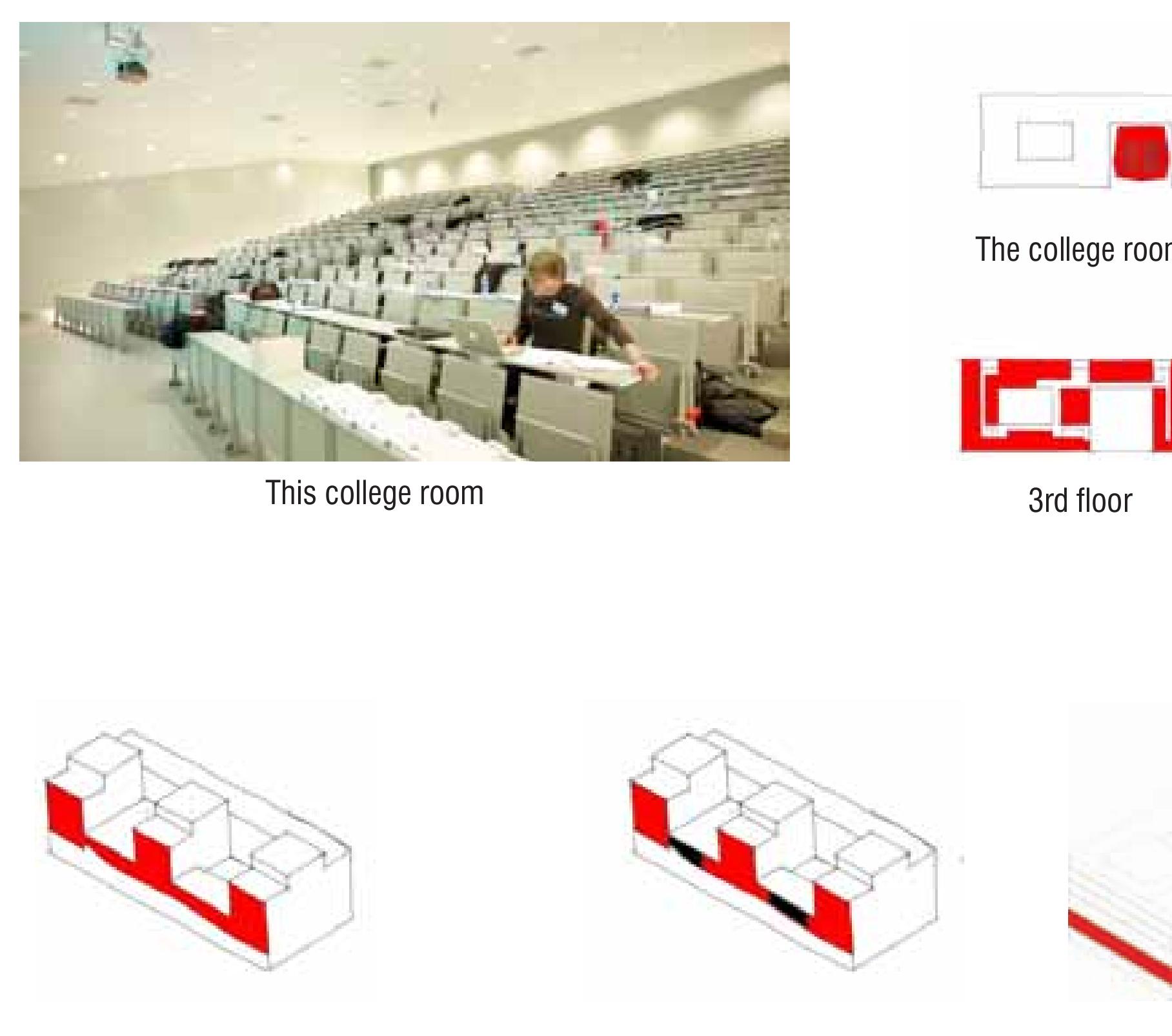



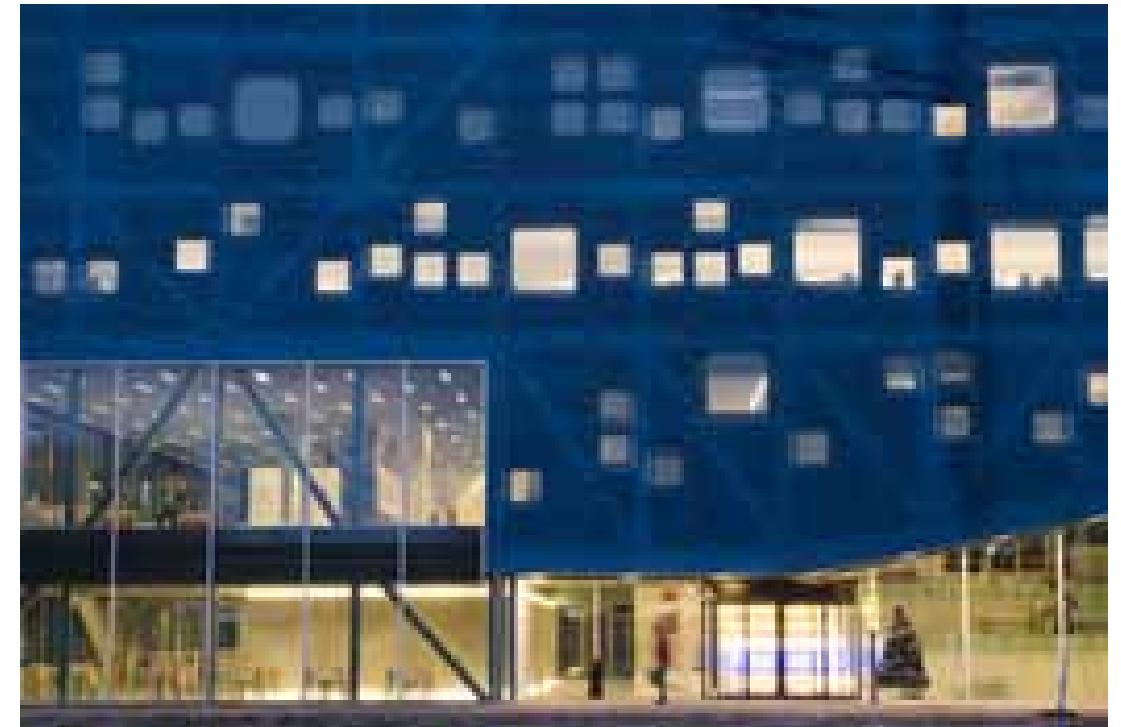






Related papers
2012
Contemporary architecture is increasingly influenced by the concept of landscape, and this is particularly the case in the Netherlands. Like at many other places, a new mindset is emerging, transforming the core values of the disciplines of architecture and urbanism with the notion of the organization of architectural space as a landscape. Through experiment our lab develops methods to analyze such phenomena in focused studies of specific cases, understanding how architects use landscape not only as a metaphor but also as a method to design buildings. 32 students selected and analyzed outstanding built work of a wide field of architects from four generations of Dutch practitioners starting with Huig Maaskant (founder of the RAvB), Huig Maaskant, Wim QUist, OMA, SANAA, Mecanoo, MVRDV, NOX, De Zwarte Hond, NL-Architects, Onix, FACT and MonderschijmMoonen. Students drew and built models of their analyses, where four layers are detachable as a separate entity, and then played a game the...
2009
14 Project Documentations and Analysis of Dutch Architecture with Landscape Methods. MVRDV Villa VPRO, Powerhouse Company Villa 1, Herman Herzberger Coda Museum, NL Architects Basket Ba, SeARCH Posbank Pavillion, Wiel Arets Hedge House, OMA Kunsthal and Educatorium, Maaskant Johnson Wax, Diller & Scofidio Blur Building, De Architecten Cie Frits van Dongen Cap Gemini Campus, Mecanoo TU Dlelft Library and Venhoeven CS Sportplaza Mercator. Compared to Historic Gardens: Hawkstone Park, Villa La Rotonda, ...
repository.tudelft.nl
Researcher and PhD Candidate TU Delft, Faculty of Architecture, Chair of Landscape Architecture Prof. Dr. Ing. C.M.Steenbergen Contemporary architecture has been strongly influenced by the concept of landscape in recent times. The landscape analogy that accompanied architecture for a long time in tectonics or ornament is now transforming the concepts of form and space. The landscape analogy has moved from marginal subjects to the core of the discipline. We are looking for principals of architectural theory, which can not be derived anymore from an big predominant ideology. What framework for architecture do we still need in the more or less lucky freedom of our time? We might want to use the proposed exercise of knowledge transfer to rediscover some basic principles. A study of landscape as a means of architecture could lead to such a basic theory, not derived from any ideology nor adopting philosophical terms to a practical field. We prefer looking in our own backyard, enjoying the freedom of thoughts about our own subject matter.
Architecture as Landscape, 2019
This study constitutes the latest reflection on pedagogical research and experimental pedagogical projects involving the representation, design, and computation of ambiances. Led by the author at various architecture schools in France, Japan, and the United States, these creative explorations involving drawings and models offer ways to realize, feel, and fabricate architecture. The projects described were conducted in 2018 in courses offered by the Department of Architecture, Stuckeman School, College of Arts and Architecture at the Pennsylvania State University. They show that architectural productions are not static objects, but instead render a dynamic landscape itself nested within a changing milieu. Through these projects, by looking closely at the parameters of spatial effects, students engaged in processes of design taking movement into account in meaningful ways.
2020
The Story of Another Idea" is the title provided to the first and the last issues of Forum voor Architectuur en Daarmee Verbonden Kunsten edited by the Dutch representatives of Team 10. From 1959 to 1967, Forum journal was the media employed by Aldo van Eyck and Jaap Bakema to spread not only the ideas shared during Team 10's meetings but also their own research. The editorial board was comprised by other architects, like Herman Hertzberger or Joop Hardy, who developed outstanding careers afterwards. Despite the manifold authorships and formats, there is a common thread underlying all Forum's contributions: the criticism of the functional city and the definition of an alternative urban model based on human relationships. The deliberate selection of the word 'landscape' for the title intends to narrow the focus on the visual component of urban design, which will be a distinctive feature of their theoretical investigations and more idealistic proposals. Forum's issues published in this period are dissected by isolating those entries considered essential to reconstruct the evolution of the editors' critical discourse on the construction of contemporary city mainly as a reaction against the functionalist approach encouraged by outstanding members of CIAM years before. This article aims to shed light on the importance given by Dutch Team 10 to habitat configuration and visual composition in the design of contemporary city after the Second World War and the establishment of the Welfare State in the 1950s. The chronological ordering of selected contributions to Forum since 1959 until 1967, helps us to identify the changes in the editors' research on urban design, as well as to contextualize it in the post-war social, political, and cultural framework. To conclude, this study intends to demonstrate in which way Forum's content contributed to characterize an alternative Dutch post-war urban landscape.
2009
Researcher and PhD Candidate TU Delft, Faculty of Architecture, Chair of Landscape Architecture Prof. Dr. Ing. C.M.Steenbergen Contemporary architecture has been strongly influenced by the concept of landscape in recent times. The landscape analogy that accompanied architecture for a long time in tectonics or ornament is now transforming the concepts of form and space. The landscape analogy has moved from marginal subjects to the core of the discipline. We are looking for principals of architectural theory, which can not be derived anymore from an big predominant ideology. What framework for architecture do we still need in the more or less lucky freedom of our time? We might want to use the proposed exercise of knowledge transfer to rediscover some basic principles. A study of landscape as a means of architecture could lead to such a basic theory, not derived from any ideology nor adopting philosophical terms to a practical field. We prefer looking in our own backyard, enjoying the freedom of thoughts about our own subject matter.
The Dutch territory has a huge and complex water system that represents simultaneously the country's wealth and a constant vulnerability, since it's management is essential to the country's existence. Located at the delta of three of Europe's major rivers, the water in The Netherlands represents almost one fifth of its territory. With a history of land reclamation, the Dutch learned in the past millennium to adapt the wild swampy area to theirs own needs. This interference permitted the growth of the Randstad megalopolis, with 7 million people, in the West of the country. The making of the territory, marked by the technology development in the civil engineering field, with great interventions caused ecological and water quality problems. On top of that, there is the imbalance in the water system, intensified by the climate change. The reaction from hydrological engineers, policymakers, ecologists and landscape architects is, as has always been, planning the territory with the wise water management as the leading principle.
This article originates from the architectural work at the Can Lis residence on Mallorca in March and April of 2015 and is finalized after the residency. The important part of my research of place, concept and architecture, resulted in my own interpretations of the relationship between the Jørn Utzon architecture and the landscape, together with concept, place and architecture. Thank you to: Utzon Fonden and Statens Kunstfond for the grant and the Can Lis Residency. as well as Kim Utzon.
2012
Within the complex scenario of architectural research in recent decades, this study identifies and investigates the common thread that links, transversally compared to different linguistic styles, the theories and proposals around an idea of landscape as a theoretical paradigm through which design experimentation has opened up to new configurations that more effectively reflect the changeable, dynamic and contradictory reality of our era. Seen in this way, the landscape, with its intrinsically interdisciplinary nature, is treated as a research tool and a model of thought which is used insofar, compared to other consolidated models, as it manages more efficiently to represent and synthesize the ever more multiform and articulated nature of the project. By means of this new alliance, architecture has seen the creation of new research paths, new possibilities of expression, new formal categories and new contextual relations that have determined profound changes starting from its fundam...
2009
Architectural currents rarely pass away on a given day. For the success-story of Dutch Architecture over the previous years, however, such a momentum actually seems to exist. Before this day, the Dutch architectural society held an absolute faith in the idea of “Super Dutch”. Generally spoken, there was simply no question about it. It was almost like a patriotic issue. And then there was this lecture Koolhaas’s at seminar in Delft. It was obvious that he would complain about this state of affairs, because the whole Superdutch movement was pointing athis own position, almost pinning him down. At first, he duscussed MVRDV’s Villa VPRO and then ended talking about the critical deficit of the “Super Dutch” movement. After this intervention, everyone suddenly agreed that the “Super Dutch” was no longer a good, as if they had been feeling that way for a long time, but did’t dare to speak up. It was exactly this general “coming-out” that started the After Party. But as precise as this mome...

Loading Preview
Sorry, preview is currently unavailable. You can download the paper by clicking the button above.
Related papers
A+BE: Architecture and the Built Environment, 2019
Over Holland 12/13
IAEME PUBLICATION, 2016
Arte, Individuo y Sociedad, 2021
Composite Landscapes. Photomontage and Landscape Architecture, ed by Charles Waldheim, Andrea Hansen, 2014
THE UNION OF LANDSCAPE (AND) ARCHITECTURE, 2022
A+BE: Architecture and the Built Environment, 2019
 Daniel Jauslin
Daniel Jauslin
